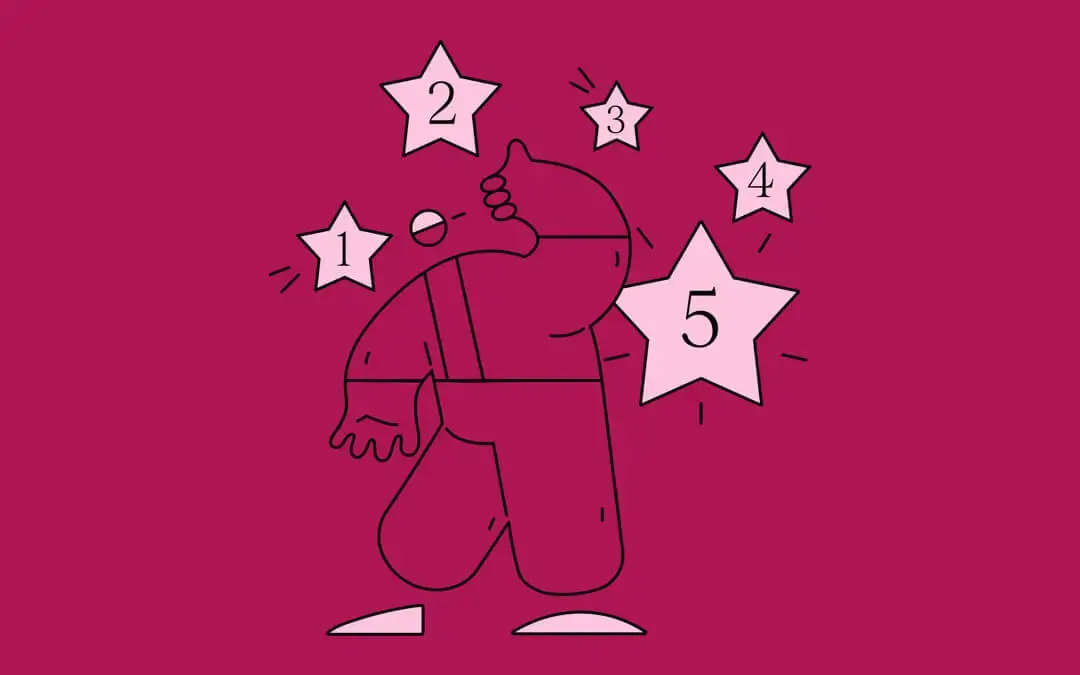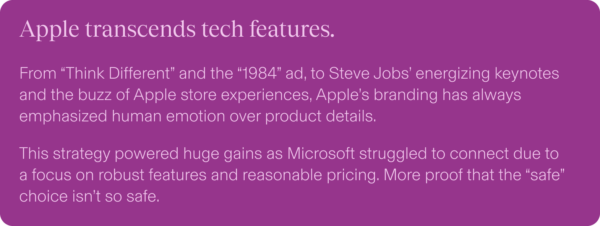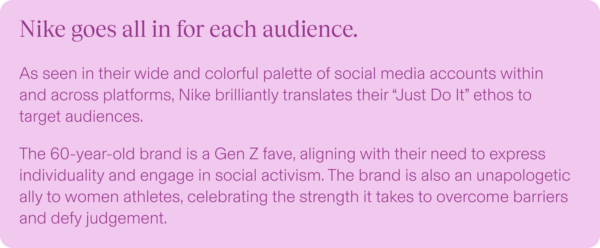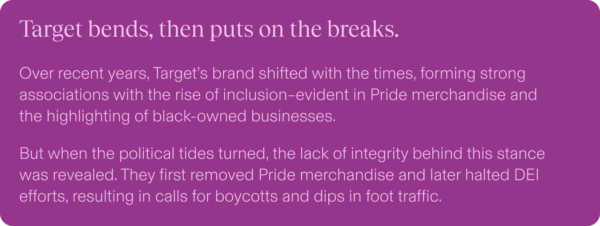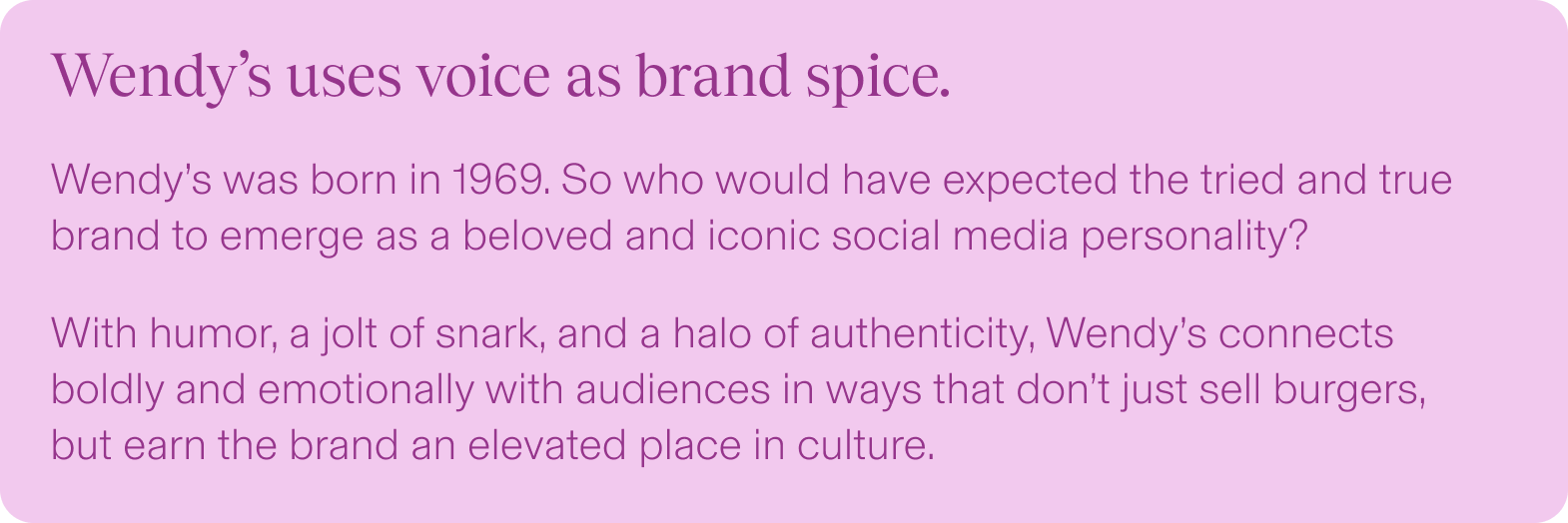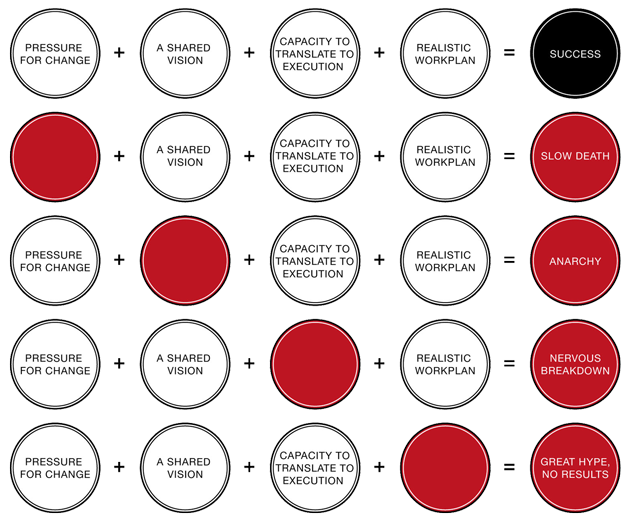In 2025, brands that truly move people will dominate. Forget focusing solely on features—lasting impact comes from emotional connections that inspire action and advocacy. You already know that standing out in a competitive market is crucial, but real leaders don’t just stand out—they make a lasting impact that resonates deeply with their audience.
Many brands miss the mark by focusing only on features and rational benefits, forgetting that emotional connection multiplies impact. If you’re aiming to lead with purpose and influence in 2025, the real differentiator is emotion.
Why Emotion is the Key to Driving Meaningful Impact
True market leaders know emotional connection isn’t optional—it’s a competitive edge that drives faster decisions, increases advocacy by 60%, and boosts lifetime value. Brands that stir emotions inspire loyalty, retention, and long-term relevance. These are the brands that don’t just compete—they inspire, influence, and lead.
At Emotive Brand, we know emotion is the strategic lever behind every major business outcome—speeding up decisions, improving retention, and building stronger customer loyalty. Without an emotional connection, your brand is just another option. With it, you become the only option.
A Brand Blueprint for Impact
Emotional connection may be the missing piece, but simply knowing that isn’t enough. The real question is, how do you harness the power of emotion to drive measurable outcomes? That’s where our Brand Blueprint comes in.
The Brand Blueprint isn’t a creative exercise—it’s a fast, actionable path to becoming a high-impact brand. Whether you’re looking to strengthen your position or expand into new markets, Emotive Brand’s Blueprint equips you with the tools to:
- Create Emotional Connections that build lasting relationships and make your brand the top choice—not just for what you offer, but for how you make customers feel. These emotional bonds turn customers into loyal advocates, driving retention, increasing lifetime value, and fostering organic growth.
- Amplify Your Brand’s Impact by leveraging emotional engagement as a competitive advantage. Brands that build strong emotional connections don’t just attract customers—they create experiences that deepen loyalty, speed decision-making, and fuel sustained growth, positioning your brand as a true market leader.
- Align Strategy and Emotion across every touchpoint. From your messaging to customer interactions, our approach ensures your brand consistently delivers both the emotional and rational elements that build trust and credibility, creating a unified experience that resonates deeply and turns customers into lifelong brand advocates.
- Sustain Your Leadership Position by embedding emotional connection into every phase of the customer journey. This fosters long-term trust and loyalty, transforming your brand into a market leader that customers believe in, follow, and champion.
Ready to Make an Unforgettable Impact in 2025?
Is your brand building emotional connections that inspire action, or stuck relying on outdated rational appeals?
Here’s the real question: Why do so many B2B brands still think emotion is just for B2C? The truth is, B2B buyers—whether at the C-suite or senior leadership level—face higher stakes. Their time, credibility, and even their jobs are on the line. Yet, most brands still focus on features, missing the emotional drivers that lead to real impact. The old rational playbook no longer works. If you’re not building emotional ties, you’re missing out on the most powerful lever for driving loyalty, advocacy, and long-term impact.
Let’s talk. Share your thoughts, and together, let’s reshape the future of B2B branding through the power of emotion.


